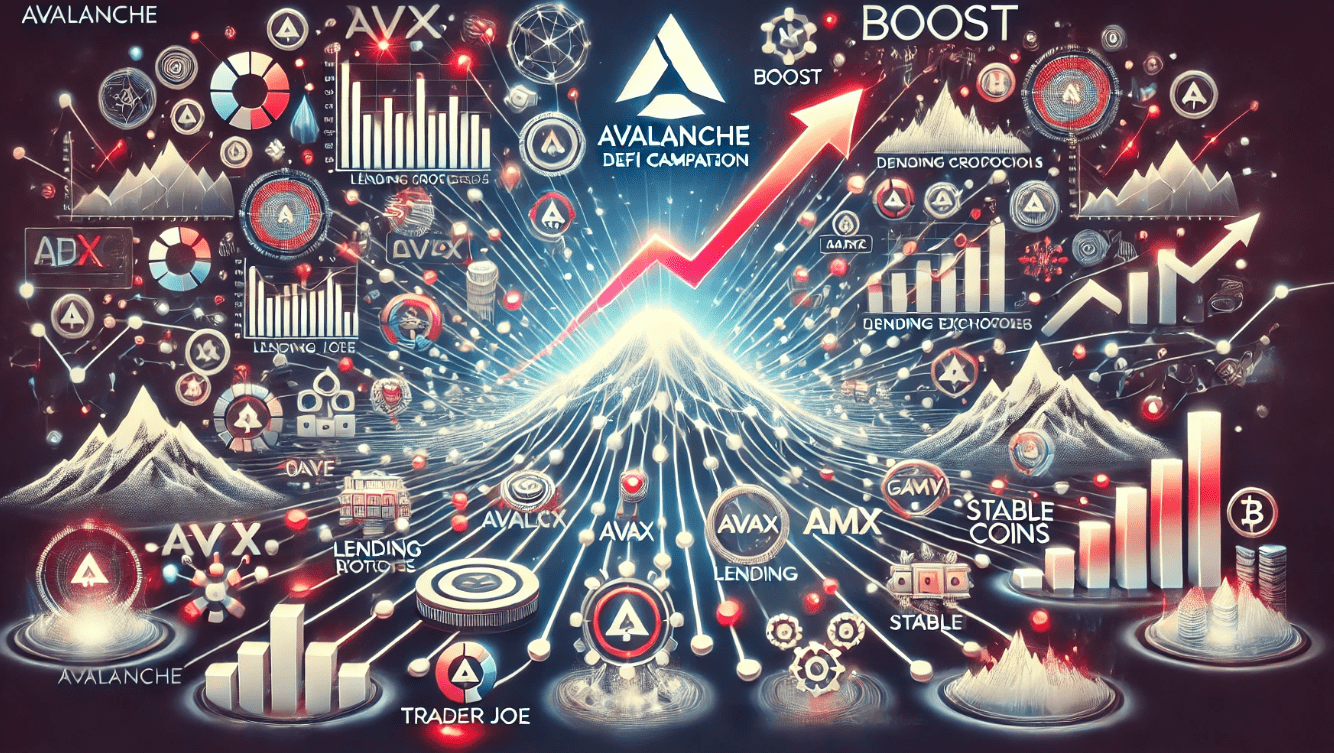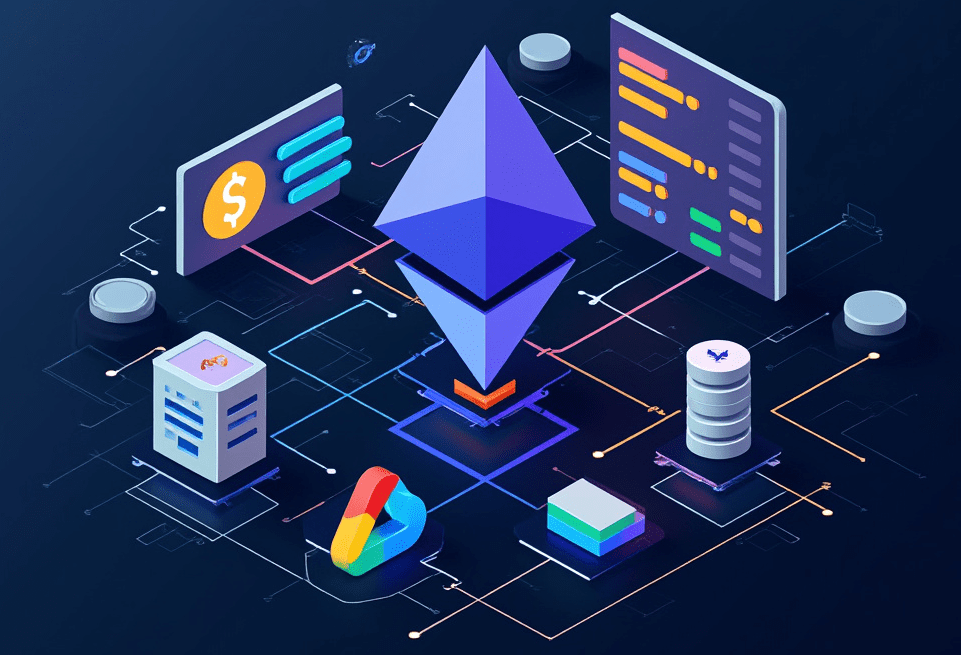Web3 is the next generation of the internet. Unlike its predecessors, it offers a decentralized infrastructure that enables more secure, transparent, and open access to information and services. The technology behind Web3 is smart contracts and distributed computing. These two elements work in tandem to create an ecosystem where transactions can be executed autonomously without the need for intermediaries. In this article, we will delve deeper into how smart contracts and distributed computing work together in Web3.
Understanding the Basics of Smart Contracts and Distributed Computing
What are Smart Contracts?
The concept of smart contracts can be traced back to the 1990s, but it wasn’t until the invention of blockchain technology that they became a reality. Smart contracts are self-executing contracts with the terms of the agreement between two parties being directly written into code. The code and the agreements contained within it exist on a decentralized network, making them immutable, transparent, and tamper-proof.
Smart contracts offer several advantages over traditional contracts, including speed, trust, and cost-effectiveness. They eliminate the need for intermediaries, such as lawyers or notaries, who add cost, time, and complexity to traditional contract processes.
One of the most significant benefits of smart contracts is their ability to automate processes. For example, a smart contract could be used to automatically transfer funds from one party to another once certain conditions are met. This automation reduces the risk of fraud and human error, making transactions more efficient and reliable.
Smart contracts are also highly customizable, allowing parties to create contracts tailored to their specific needs. This flexibility makes them suitable for a wide range of use cases, from simple payment agreements to complex supply chain management.
The Role of Distributed Computing in Web3
Distributed computing is the backbone of Web3. It involves multiple computers working in sync to provide a decentralized infrastructure for storing, processing, and executing data. Distributed computing is what makes it possible for Web3 to function without centralized governing bodies or intermediaries.
The distributed nature of Web3 offers several advantages over traditional computing infrastructures. It is more resilient to cyber-attacks, offers faster processing times, and enables more secure and transparent transactions.
One of the key benefits of distributed computing is its ability to enable true peer-to-peer interactions. This means that individuals can interact with each other directly, without the need for intermediaries. This has significant implications for industries such as finance, where intermediaries such as banks and payment processors have traditionally played a central role.
Another benefit of distributed computing is its ability to provide greater privacy and security. Because data is stored across multiple nodes in a decentralized network, it is much harder for hackers to compromise the integrity of the system. Additionally, because each node in the network has a copy of the data, there is no single point of failure, making the system more resilient to attacks.
In conclusion, smart contracts and distributed computing are two essential components of Web3. Together, they offer a more efficient, secure, and transparent way of conducting transactions and interacting with one another online.
The Evolution of Web3 and Its Components
From Web1 to Web3: A Brief History
The internet has undergone several transformations over the past three decades. Web1, also known as the read-only web, was the first iteration of the internet. It was static, with users only able to read content. Web2, also known as the read-write web, allowed users to interact with the internet through social media, e-commerce, and other online services. Web3, also known as the decentralized web, is the latest iteration of the internet. It offers a decentralized infrastructure with smart contracts and distributed computing at its core.
Web3 is a revolutionary technology that is set to change the way we interact with the internet. It is a new way of thinking about the internet that is based on decentralization and distributed computing. This approach is designed to make the internet more secure, more private, and more accessible to everyone.
Web3 is built on the foundation of Web2, which has paved the way for the development of new technologies and applications. Web3 takes the best of Web2 and adds new features that make it more powerful and more flexible. With Web3, users have more control over their data and can interact with the internet in new and exciting ways.
Key Components of Web3 Infrastructure
The infrastructure of Web3 consists of several components, including decentralized storage, blockchain, and decentralized identity. Decentralized storage enables data to be stored on a distributed network of computers rather than centralized servers. This makes it more secure and less vulnerable to attacks. It also makes it more accessible to everyone, as there are no barriers to entry.
Blockchain is a ledger of transactions that is immutable, transparent, and tamper-proof, making it an ideal infrastructure for smart contracts. Smart contracts are self-executing contracts that are programmed to automatically execute when certain conditions are met. They are designed to reduce the need for intermediaries and to make transactions more efficient and secure.
Decentralized identity allows individuals to control their own personal data and identity, creating a more secure and privacy-focused system. This is achieved through the use of cryptographic protocols that enable users to prove their identity without revealing personal information.
Web3 is a complex and evolving technology that is still in its early stages. However, it has the potential to revolutionize the way we interact with the internet and to create a more open and decentralized world. As Web3 continues to develop, we can expect to see new applications and use cases emerge that we can’t even imagine today.
The Intersection of Smart Contracts and Distributed Computing
How Smart Contracts Utilize Distributed Computing
Smart contracts are self-executing contracts with the terms of the agreement between buyer and seller being directly written into lines of code. They rely on distributed computing to function efficiently. The distributed nature of Web3 means that contracts can be executed autonomously without the need for intermediaries. When a smart contract is executed, it is run on a decentralized network of computers, making it more secure, transparent, and tamper-proof than traditional contracts.
One of the main advantages of smart contracts is that they can automate complex processes, such as supply chain management or real estate transactions. By using distributed computing, these processes can be executed much faster and more efficiently than with traditional contract systems. This is because the contract can be executed simultaneously on multiple nodes in the network, reducing the time it takes to complete the transaction.
Another advantage of smart contracts is that they are more secure than traditional contracts. Because the contract is executed on a decentralized network, there is no single point of failure that can be exploited by hackers. Additionally, the transparency and immutability of the blockchain make it more difficult for bad actors to manipulate the contract.
Benefits of Combining Smart Contracts and Distributed Computing
The combination of smart contracts and distributed computing offers several benefits over traditional contract systems. These benefits include speed, efficiency, transparency, and cost-effectiveness. By removing the need for intermediaries, transactions can be executed faster and at a lower cost than traditional contracts.
One of the most significant benefits of combining smart contracts and distributed computing is the increased transparency it provides. Because the contract is executed on a decentralized network, all parties involved in the transaction can see the terms of the agreement and the progress of the contract in real-time. This transparency reduces the risk of fraud and corruption and provides greater trust between parties.
Another benefit of smart contracts and distributed computing is the cost-effectiveness it provides. By removing intermediaries and automating processes, transactions can be executed at a lower cost than traditional contract systems. This makes it more accessible for small businesses and individuals to participate in transactions that were previously reserved for larger organizations.
In conclusion, the intersection of smart contracts and distributed computing offers numerous benefits over traditional contract systems. By utilizing the decentralized nature of Web3, smart contracts can be executed faster, more efficiently, and at a lower cost. Additionally, the transparency and security provided by the blockchain make it a more reliable and trustworthy system for executing complex transactions.
Use Cases and Real-World Applications
The use of blockchain technology is rapidly expanding, and its applications are becoming more diverse. In this section, we will explore some of the most promising use cases and real-world applications of blockchain technology.
Decentralized Finance (DeFi)
Decentralized finance, or DeFi, is the application of blockchain technology to traditional financial services. DeFi offers several advantages over traditional finance, including lower fees, faster processing times, and increased transparency. Smart contracts and distributed computing are key components of DeFi, enabling autonomous transactions without centralized intermediaries.
DeFi has the potential to revolutionize the financial industry by providing greater access to financial services for individuals and businesses. With DeFi, anyone with an internet connection can participate in financial transactions and earn interest on their investments.
One of the most promising applications of DeFi is in the area of microfinance. DeFi platforms can provide access to financial services for individuals and businesses in developing countries, where traditional banking services are often scarce or prohibitively expensive.
Supply Chain Management
Supply chain management is another area where smart contracts and distributed computing can be applied. The distributed nature of Web3 makes it possible to track goods from production to delivery, ensuring transparency and accountability throughout the supply chain. The use of smart contracts can also automate certain aspects of supply chain management, such as payment processing and inventory management.
By using blockchain technology, supply chain management can be made more efficient, transparent, and secure. This can help to reduce costs and improve the quality of products, while also increasing trust between suppliers, manufacturers, and consumers.
One of the most promising applications of blockchain in supply chain management is in the area of food safety. By using blockchain technology to track the origin and journey of food products, it is possible to quickly identify and contain outbreaks of foodborne illnesses.
Digital Identity and Privacy
Digital identity and privacy are critical areas in the age of big data and digital surveillance. Smart contracts and distributed computing can provide a more secure and privacy-focused system for managing personal data. Decentralized identity allows individuals to control their own personal data, reducing the risk of data breaches and identity theft.
Blockchain technology can also be used to create secure and tamper-proof digital identities, which can be used to verify the identity of individuals and organizations in a variety of contexts. This can help to reduce fraud and increase trust in online transactions.
One of the most promising applications of blockchain in digital identity is in the area of voting. By using blockchain technology to create a secure and transparent voting system, it is possible to increase voter participation and reduce the risk of election fraud.
In conclusion, blockchain technology has the potential to revolutionize a wide range of industries and applications. By providing greater transparency, security, and efficiency, blockchain can help to create a more equitable and sustainable world.
Challenges and Limitations
Scalability and Performance Issues
One of the main challenges facing smart contracts and distributed computing is scalability. As more people use Web3 applications, the demand for processing power increases, which can lead to slower transaction times and higher fees. This challenge is being addressed through the development of layer two solutions, such as state channels and sidechains.
Security and Vulnerability Concerns
Another challenge is security and vulnerability concerns. While smart contracts are more secure than traditional contracts, they are still vulnerable to hacks and bugs. The decentralized nature of Web3 also makes it more difficult to fix security issues once they are discovered. This challenge can be addressed through increased security testing and the development of more robust decentralized infrastructure.
Conclusion
Smart contracts and distributed computing are revolutionizing the way transactions are executed, enabling a more secure, transparent, and open access to information and services. While there are challenges and limitations to this technology, it has the potential to transform industries and improve the lives of individuals around the world. As the Web3 ecosystem continues to evolve, we can expect to see even more innovative applications of smart contracts and distributed computing.










